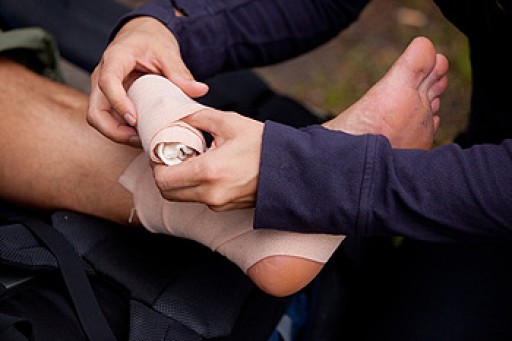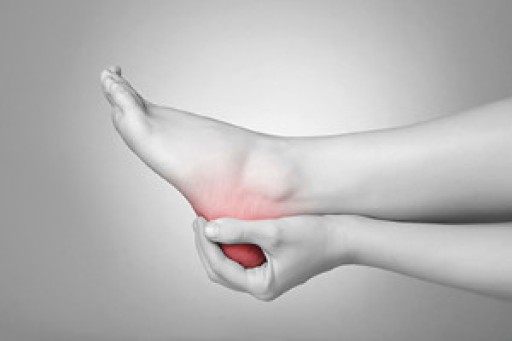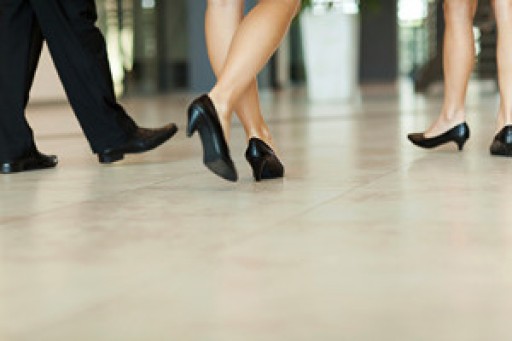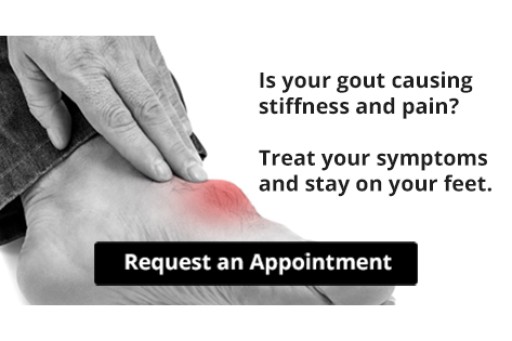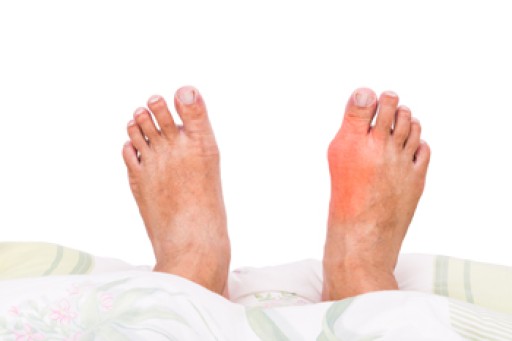One in six of all high school sports injuries are sprained ankles, making them the most common injury among this age group. The site of most of these sprains is the anterior talofibular ligament (ATFL), which is the band of connective tissue on the outside of the ankle. One of the ways the ATFL can become sprained is when an athlete’s center of gravity shifts over the outside of the weight-bearing leg, which can cause the ankle to roll inward quickly. Sporting activities with the highest occurrence of ankle sprains are girls’ gymnastics, girls’ basketball, and boys’ basketball. If a child experiences one ankle sprain, they may be more at risk of a future ankle sprain, particularly if they are involved in a sport where there is repeated jumping and landing. Even though some people may not view ankle sprains as a serious or significant injury, it is important to seek professional treatment from a podiatrist to help the ankle heal properly and regain strength, while lessening the risk of re-injury.
The health of a child’s feet is vital to their overall well-being. If you have any questions regarding foot health, contact Dr. Castillo of Bronx Foot Care. Our doctor can provide the care you need to keep you pain-free and on your feet.
Tips for Keeping Children's Feet Healthy
- Make sure their shoes fit properly
- Look for any signs of in-toeing or out-toeing
- Check to see if they have Clubfoot (condition that affects your child’s foot and ankle, twisting the heel and toes inward) which is one of the most common nonmajor birth defects.
- Lightly cover your baby’s feet (Tight covers may keep your baby from moving their feet freely, and could prevent normal development)
- Allow your toddler to go shoeless (Shoes can be restricting for a young child’s foot)
- Cut toenails straight across to avoid ingrown toenails
- Keep your child’s foot clean and dry
- Cover cuts and scrapes. Wash any scratches with soap and water and cover them with a bandage until they’ve healed.
If you have any questions, please feel free to contact our office located in Bronx, NY . We offer the newest diagnostic and treatment technologies for all your foot care needs.
